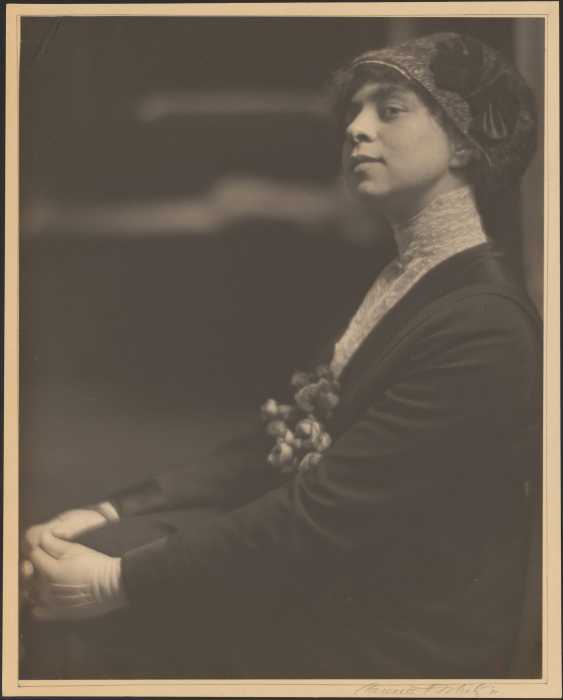‘Latin History for Morons’ runs at Studio 54 through Feb. 4. 254 W. 54th St., latinhistorybroadway.com.
“We’ve got a lot of work to do here and very little time,” warns actor, comedian and “self-professed ghetto scholar” John Leguizamo at the top of his high-energy and impassioned — but also bulky and disjointed — one-man show “Latin History for Morons,” which has transferred to Broadway following a short run earlier this year Off-Broadway at the Public Theater.
Leguizamo (whose numerous film credits range from “Ice Age” to “Moulin Rouge!”) is equally well-known for his freewheeling stage monologues, in which he infuses stand-up comedy with tales of his coming-of-age, extended family and Hispanic background, including plays such as “Mambo Mouth,” “Freak” and “Ghetto Klown,” many of which have been filmed for television.
In “Latin History for Morons” (a title likely inspired by the “For Dummies” book series), Leguizamo combines the story of his attempt to teach his middle school-aged son about Latin American history with a riff-style tutorial on indigenous civilizations such as the Aztecs and Incas.
This is no standard history lesson. Leguizamo uses fashion accessories (wigs, a conquistador-style hat) and comparisons to pop culture, likening the conquistadors of the 1500s to “NBA players at a Kardashian pool party” and Columbus to “the Donald Trump of the New World.”
Leguizamo also uses the show as an opportunity to work through his own repressed anger over how Hispanics have been treated in the United States, claiming that ever since he was a child his people’s rich history has been kept from him. He re-enacts sessions with a therapist, who is made to resemble “Project Runway” mentor Tim Gunn.
The show (which runs about two hours without an intermission) is a tall order for Leguizamo to fill on his own, with overlapping tracks that include a slow and sentimental multicharacter family drama, stand-up comedy, personal confessions, history, political criticism and even an elaborate dance break.
Although one can appreciate the sincerity behind Leguizamo’s emphasis on his family, his long-winded attempt to dramatize conversations with his son, wife and daughter falls flat and weighs down the rest of the show, in which he interacts directly with the audience with flair, fervor and ease.
Reducing the family narrative would have also given Leguizamo more time to cover Hispanic-American history since the US’s founding, which he barely touches upon except for a few shout-outs and fast facts.
































